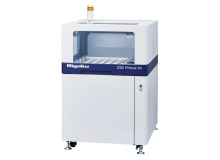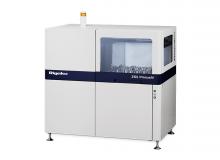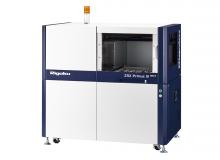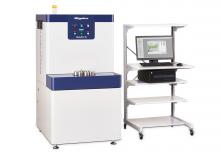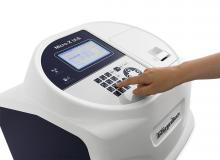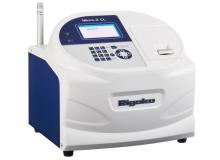Beryllium copper alloy is almost as strong as steel, and is the strongest among copper alloys. In addition, it has non-magnetic and non-sparking characteristics, high electrical conductivity and ductility. Owing to these features, beryllium copper has many uses, such as: springs, electric connectors, tools in environments with explosive vapors and gases, and musical instrument components. Since the characteristics and uses of beryllium copper alloys depend on the beryllium concentration, it is important to analyze beryllium in beryllium copper.
Beryllium is the lightest element that can be analyzed by XRF spectrometry. Its element line, Be-Kα, has a very long wavelength, 11.4 nm (or very low energy, 0.109 keV) and very shallow critical depth. Therefore, X-ray intensities of Be-Kα are significantly affected by the surface condition of specimens. For beryllium analysis by XRF spectrometry, surface treatment is essential.
Owing to the long wavelength of Be-Kα, beryllium analysis requires high-power wavelength-dispersive X-ray fluorescence (WDXRF) spectrometers equipped with an analyzing crystal with high reflectivity for Be-Kα.
This application note demonstrates beryllium analysis in beryllium copper alloy.
WDXRF Products from Rigaku
Benchtop tube below sequential WDXRF spectrometer analyzes O through U in solids, liquids and powders
High-power, tube-below, sequential WDXRF spectrometer with new ZSX Guidance expert system software
High power, tube above, sequential WDXRF spectrometer with new ZSX Guidance expert system software
Affordable, high-end, tube-above Industrial WDXRF for the analysis of solid samples
High-throughput tube-above multi-channel simultaneous WDXRF spectrometer analyzes Be through U



